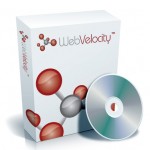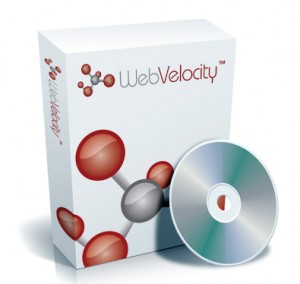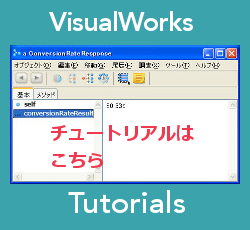As you read this, the final product media is being cut and burnt and tested. The software is done and as proof of that, you can actually start using it right now on Amazon Web Services.
On July 30, 2010, Michael Lucas-Smith wrote:
WebVelocity 1.1
As you read this (assuming you’re not reading this months from now) the final product media is being cut and burnt and tested. The software is done and as proof of that, you can actually start using it right now on Amazon Web Services.
So now that we’ve reached this milestone for the product, I wanted to talk about what it has become. It started off as VisualWorks with Seaside and Glorp and a few web tools to help you build applications more efficiently. But for 1.1, we thought bigger — what if we focused on making it super easy to develop and deploy your applications in the cloud itself?
We revamped all the tools, removed the old GUI layer and have the whole environment running in a web browser using HTML5, Javascript, Smalltalk, jQuery, Sweat, Blood and Tears. Now that we’re in the web browser fully, you can use tabs to divide your work up and you can collaborate with other developers by sharing the web address around.
We wanted to make it super easy to get up and running this time around. With version 1.0 you had to run your own server or pave your own path to run it on top of Amazon EC2. This time we come packing with a complete solution running on top of EC2 and Amazon RDS if you so desire.
I’ve never worked on a product from scratch before that has so many buzzwords attached to it that it actually does. You can literally have your development environment up and running in the cloud, developing application collaboratively, deploying them to multiple instances in the cloud, load balancing it and sharing a cloud based database system in fifteen minutes flat. In fact, the most awkward part of the whole experience is the lack of tools from Amazon for Amazon RDS.
After watching the videos below it becomes difficult to think of WebVelocity as VisualWorks with a web skin over the top of it. It has become its own creation, a mythos of Smalltalks prowess all to its own. But unlike other variations of Smalltalk, we’ve done our best to reduce barrier to entry. Any one who can afford a few cents to fire up an Amazon EC2 instance can be using Smalltalk in minutes. We have examples, documentation and state of the art technology under the hood.
We started off chasing the tail of Ruby on Rails but at this point it’s futile to compare ourselves to them too. Ruby has never believed in tools—we do, in a big way. Can you imagine writing code in a web browser, running it in a second tab to see how it works, discovering a bug and debugging with edit and continue in your main tab and then having the second tab instantly finish loading as if nothing had ever gone wrong? … now can you imagine that you don’t know how to fix the bug, so you just send the bug over to a friend working on his laptop at a coffee shop and having him fix it in moments?
Today we can get a true glimpse of what the future of cloud computing will be like for everyone. For we who are in the know we can start enjoying its virtues today. Please enjoy the videos produced by my colleague Jerry below:
Expect to see the website updated soon with the release and if you’re a customer already, expect to get the commercial CD soon.







I want to start my first website what cms do you use and recommend for me ?